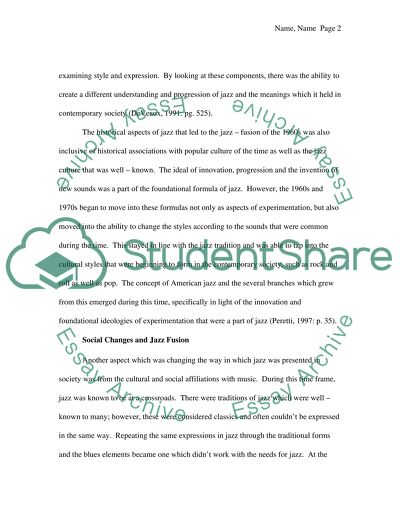Cite this document
(“History of Jazz Fusion. Social Changes and Jazz Fusion Essay”, n.d.)
Retrieved from https://studentshare.org/music/1422817-were-the-jazz-fusions-of-the
Retrieved from https://studentshare.org/music/1422817-were-the-jazz-fusions-of-the
(History of Jazz Fusion. Social Changes and Jazz Fusion Essay)
https://studentshare.org/music/1422817-were-the-jazz-fusions-of-the.
https://studentshare.org/music/1422817-were-the-jazz-fusions-of-the.
“History of Jazz Fusion. Social Changes and Jazz Fusion Essay”, n.d. https://studentshare.org/music/1422817-were-the-jazz-fusions-of-the.


